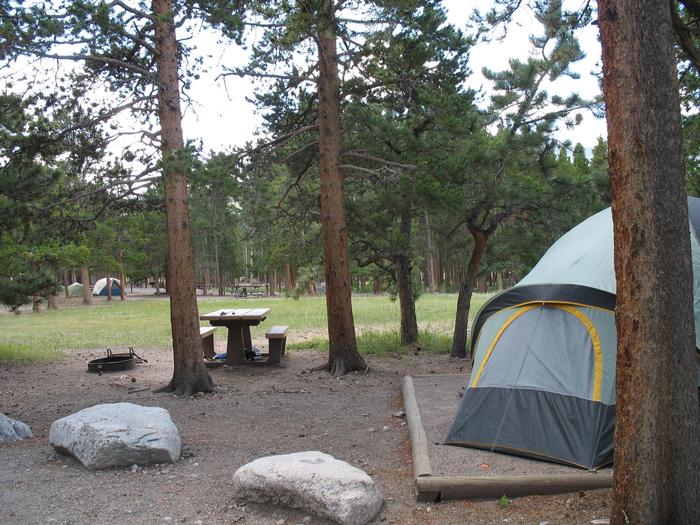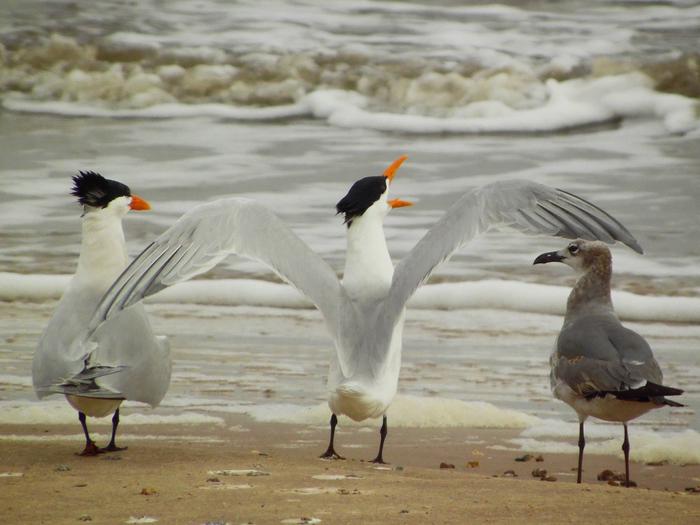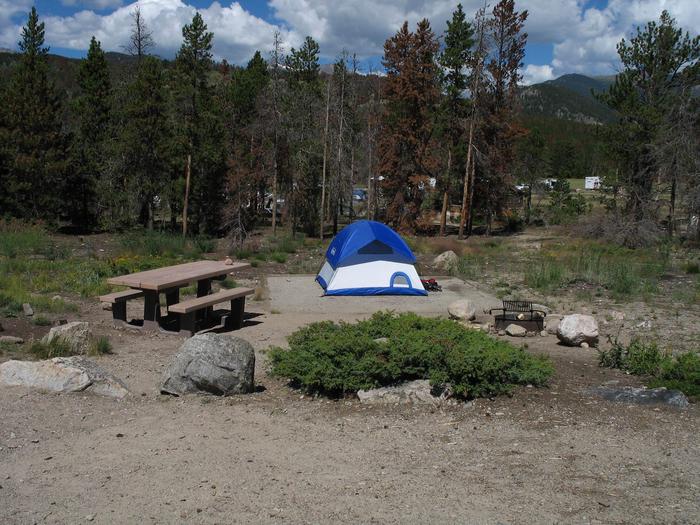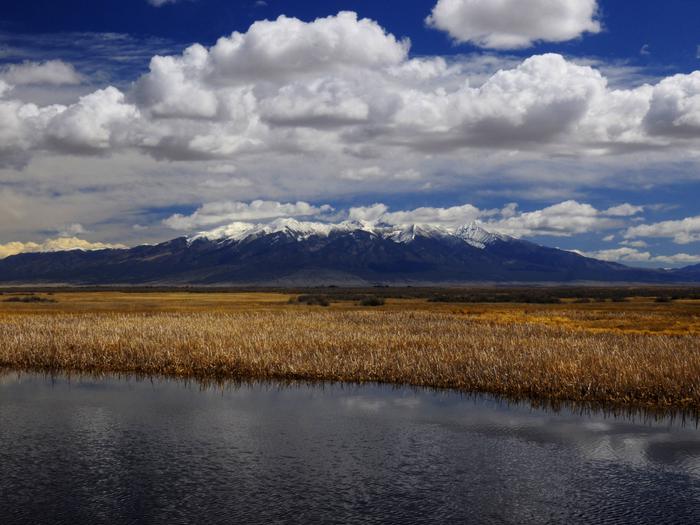Directions
McFaddin Refuge Headquarters:
The business office for McFaddin is shared with Texas Point National Wildlife Refuge and is located on Hwy. 87, south of Sabine Pass. Both refuges are located along Highway 87 at the southeastern tip of Texas, near the Louisiana border.
Refuge Complex Visitor Center: Open Wednesday through Sunday, 10am to 5pm.
The public can get information and learn about the McFaddin, Anahuac and Texas Point National Wildlife Refuges at the Texas Chenier Plain Refuge™s visitor center located in Anahuac, Texas. Here, refuge staff and volunteers are available to provide maps and other information on all three refuges. The visitor center is approximately 50 miles west of Sabine Pass, between Baytown and Winnie, and is about two miles south of I-10 on FM 563.
Phone
409-971-2909
Activities
BOATING, FISHING, HIKING, HUNTING, WILDLIFE VIEWING, PHOTOGRAPHY
Camping Reservations
Reserve your campsite at these camping areas:
Hiking Trails
Looking for nice hiking areas to take a hike? Choose from these scenic hiking trails:
Related Link(s)
McFaddin National Wildlife Refuge
McFaddin National Wildlife Refuge is a 58,861-acre refuge that includes the largest remaining freshwater marsh on the Texas Coast, as well as thousands of acres of intermediate to brackish marsh. The landscape supplies important feeding and resting habitat for migrating and wintering populations of waterfowl, as well as other wildlife. From October to March, thousands of geese feeding and resting in the marsh can be heard, if not actually seen. Ducks on the refuge can number up to one hundred thousand, with more than two dozen species. This includes the mottled duck, a year-round resident and recognized as an important indicator species to coastal marsh health and function. During the spring, large concentrations of migrating songbirds fly through the upper Texas coast, with peak migration occurring in April. In addition to all of the amazing birds, McFaddin National Wildlife Refuge is home to the largest concentration of American alligators in the State of Texas.
Open to the public, visitors can enjoy wildlife watching, hunting, fishing, wildlife photography, and special wildlife-related events. It is one of the more than 550 refuges that comprise the National Wildlife Refuge System, a national network of lands and waters set aside for the benefit of wildlife and you!







